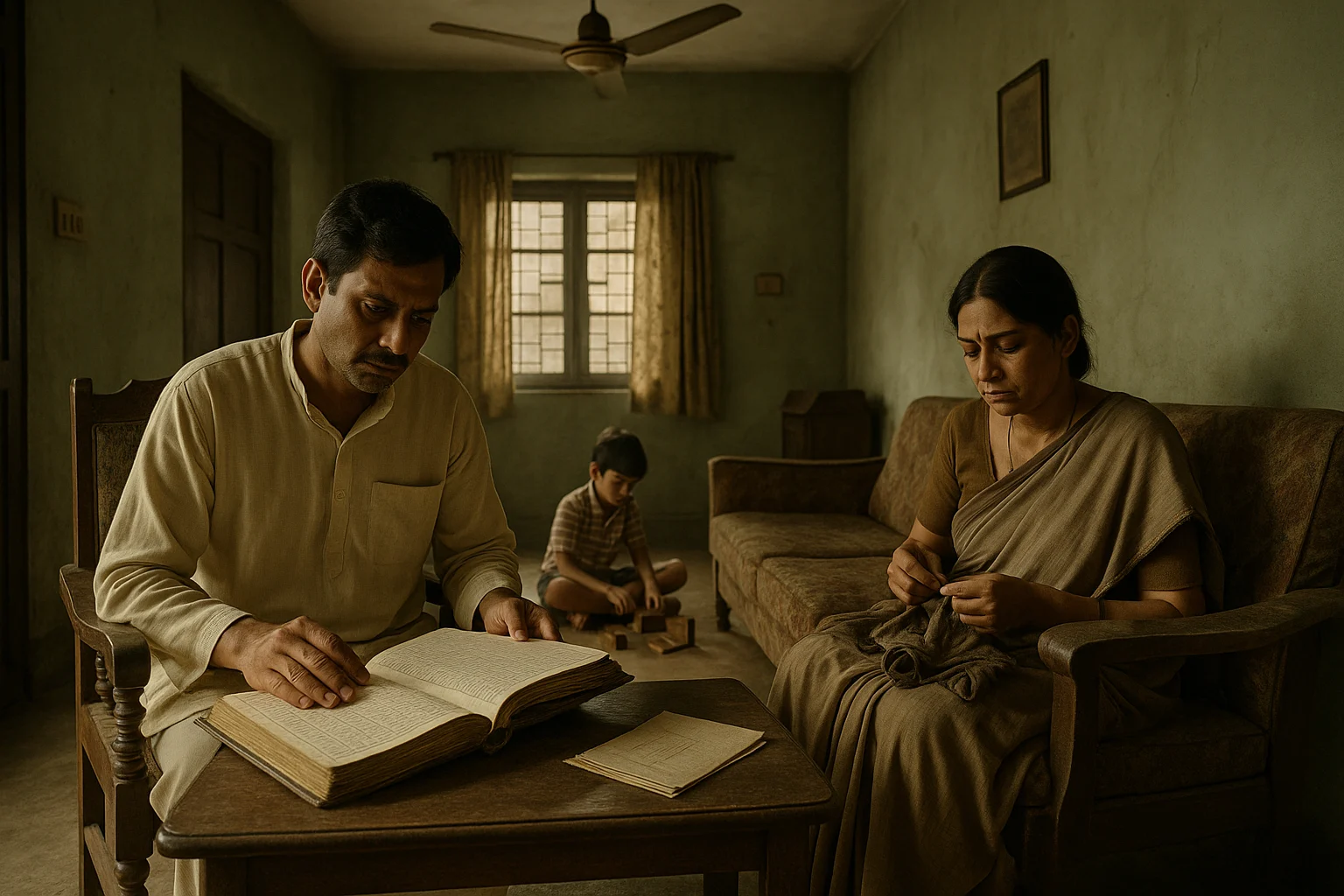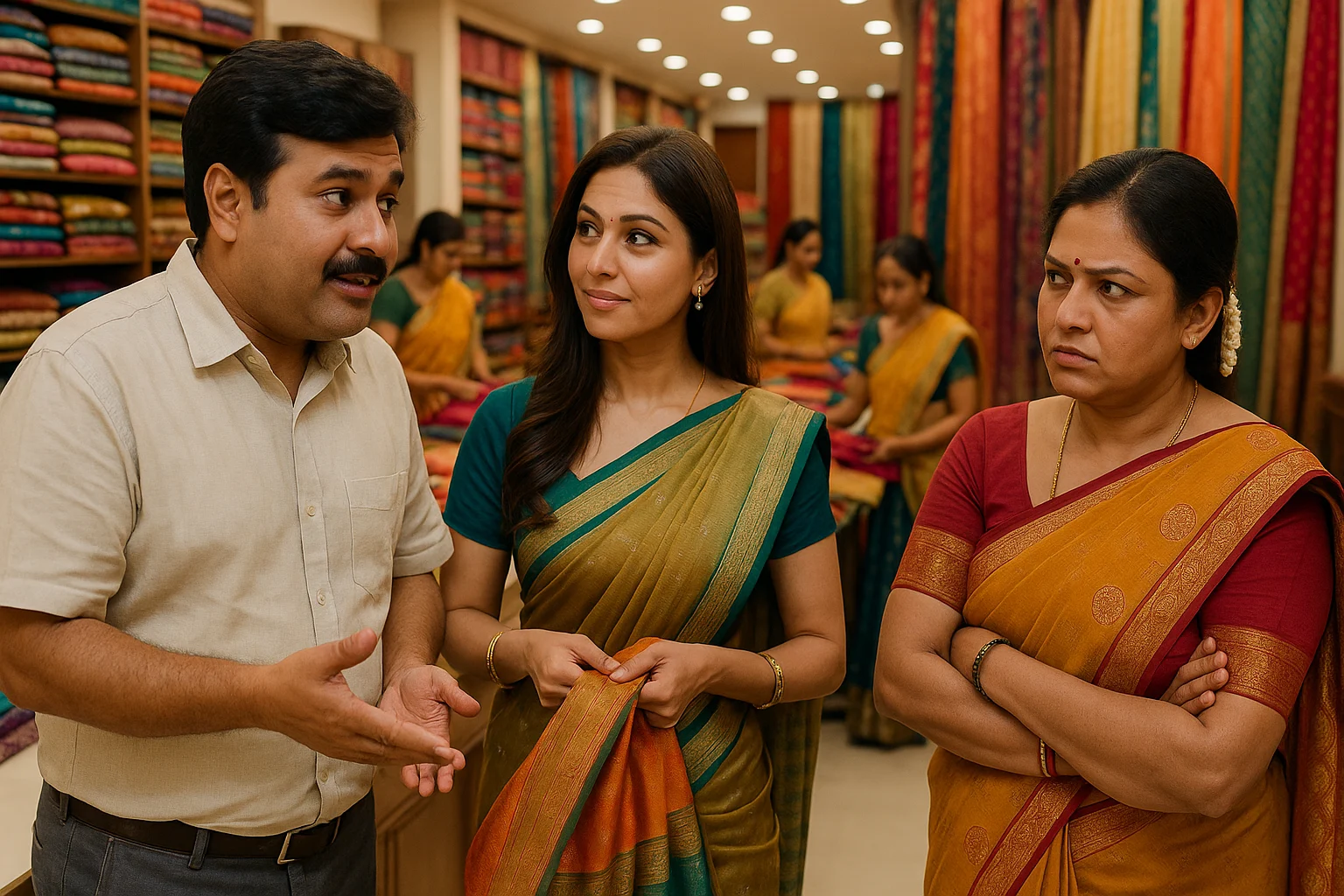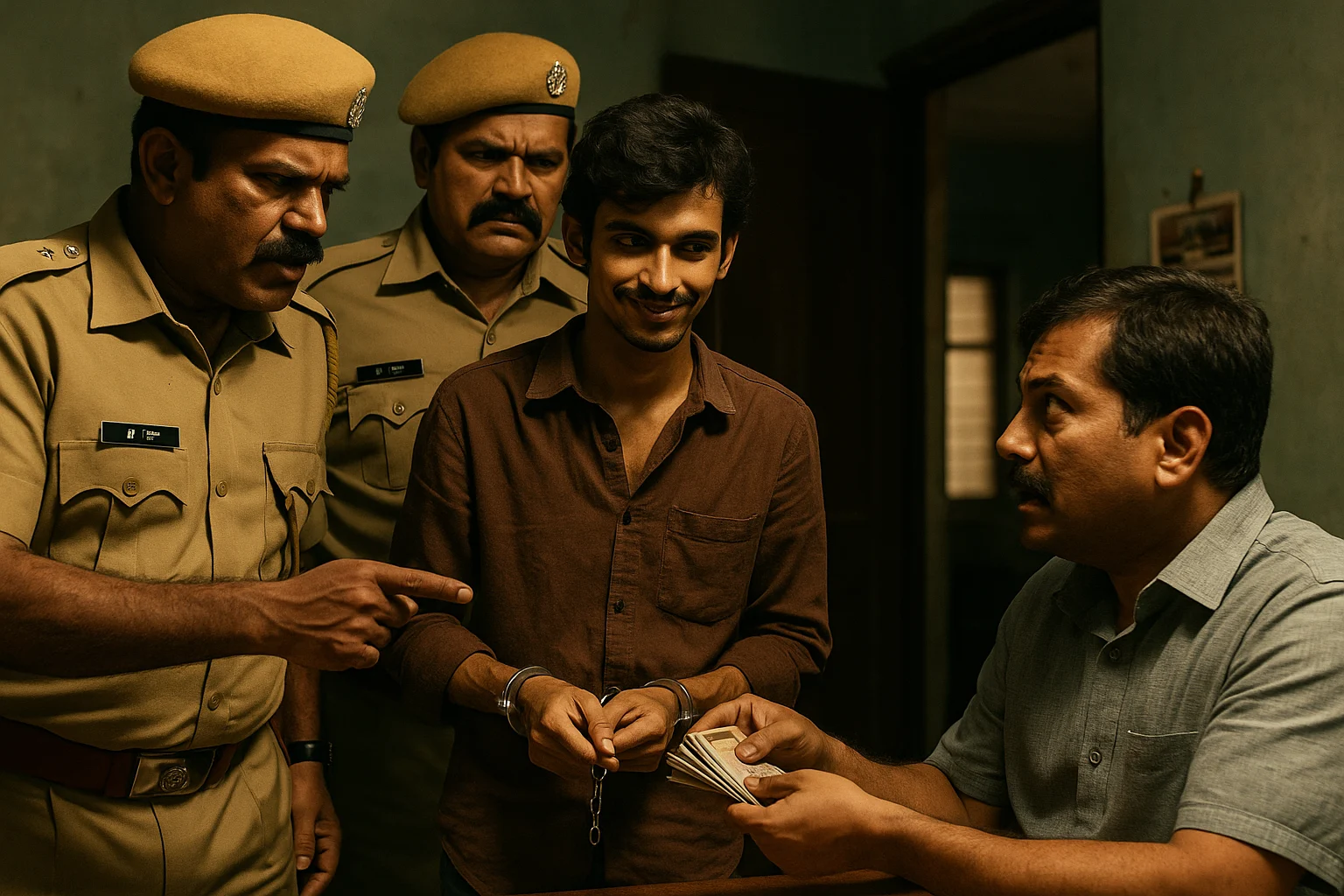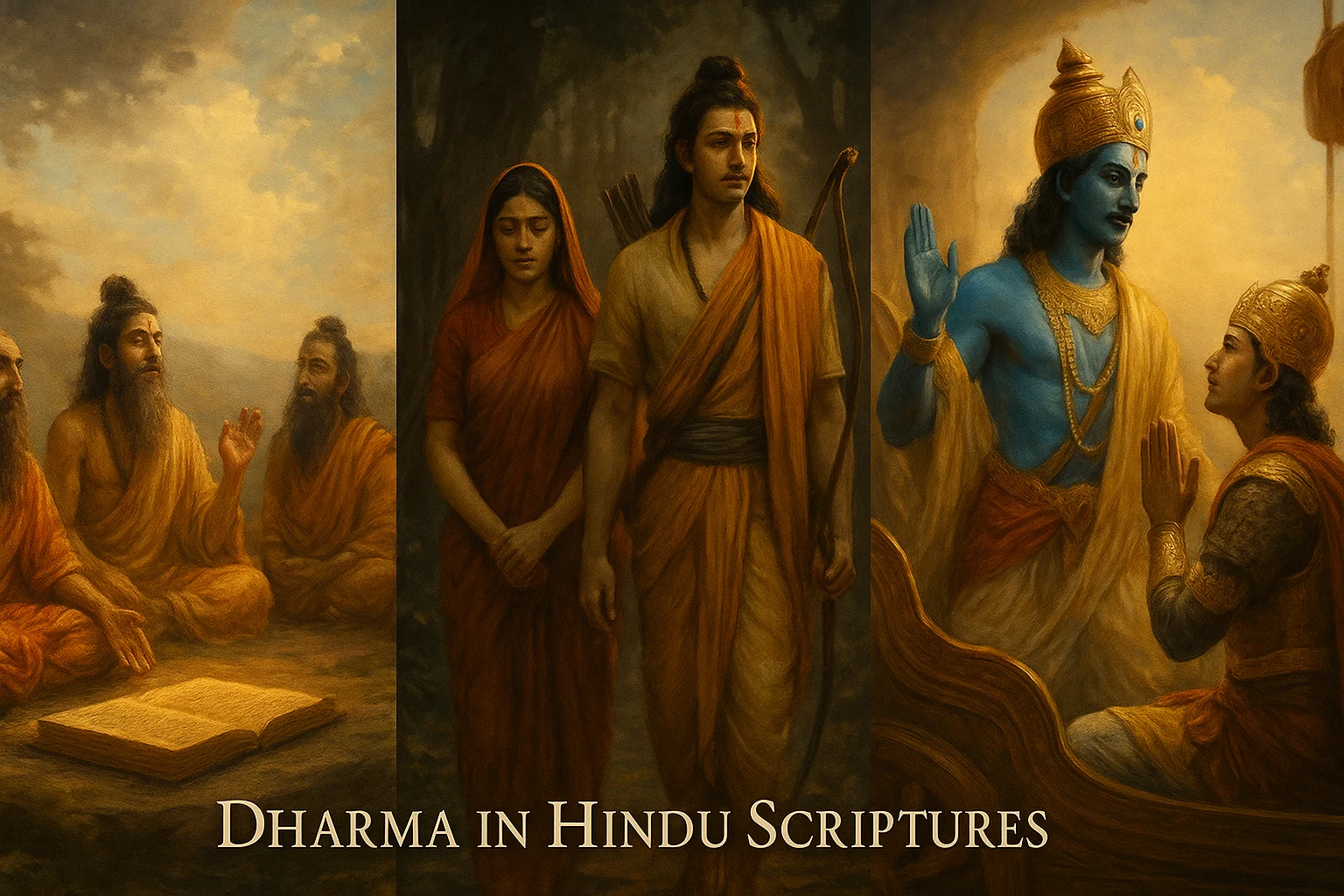Currency is more than a medium of exchange—it is a reflection of a nation’s history, culture, and sovereignty. In India, coins and banknotes have evolved over thousands of years, mirroring dynastic shifts, colonial encounters, and independent India’s economic journey. This article provides a detailed look at the evolution of Indian currency, highlighting ancient beginnings, medieval transformations, colonial influences, and the modern Reserve Bank of India (RBI) era.
1. Ancient Origins of Indian Currency
1.1 The Barter System
Before coins and notes, India operated on barter. Goods like grains, cattle, and precious metals were exchanged. However, barter was inefficient—it lacked a common measure of value.
1.2 Punch-Marked Coins (6th Century BCE)
The earliest coins in India were punch-marked coins made of silver and copper during the Mahajanapada period. These coins had symbols punched onto them, such as animals, the sun, or trees, representing rulers or territories.
- Weight-based rather than denominational.
- Used in trade routes across the subcontinent.
1.3 Coins of the Mauryan Empire
Under Chandragupta Maurya and Ashoka, coins became more systemized. Silver punch-marked coins circulated widely, promoting long-distance trade.
1.4 Indo-Greek and Kushan Coins
With the arrival of Indo-Greeks, coins took on artistic designs with kings’ portraits and inscriptions in Greek and Brahmi.
- The Kushans introduced gold coins.
- Depictions of deities reflected religious diversity.

2. Medieval Period: Diversity in Coinage
2.1 Gupta Dynasty Coins (4th–6th Century CE)
Known as the “Golden Age of India,” the Guptas issued exquisite gold dinars depicting rulers and Hindu gods.
2.2 Islamic Sultanate Coinage
From the 12th century, Delhi Sultanate coins marked a shift:
- Silver tanka and copper jitals.
- Arabic and Persian inscriptions replaced Sanskrit.
2.3 Mughal Coins
The Mughals revolutionized Indian coinage:
- Akbar issued standardized coins like the rupee.
- The word rupee comes from Sanskrit rupya (silver).
- Coins bore calligraphy and zodiac symbols.
- Jahangir introduced innovative designs, including portraits.

3. Colonial Era and the British Indian Rupee
3.1 Early European Influence
Portuguese, Dutch, and French traders introduced their own coins in coastal India.
3.2 The British East India Company
- In 1835, the British standardized coinage with the Company Rupee, featuring King William IV.
- The silver rupee became the standard.
3.3 Transition to the British Crown
Post-1857 revolt, coins featured Queen Victoria, then Edward VII, George V, and George VI.
3.4 Paper Money in Colonial India
- 1861: The Paper Currency Act empowered the Government of India to issue notes.
- Early notes bore Queen Victoria’s portrait.
- Denominations ranged from Rs. 10 to Rs. 10,000.

4. Independent India’s Currency Journey
4.1 1947: Transition Phase
After independence, India retained British designs but gradually replaced them with national symbols.
4.2 The Lion Capital of Ashoka
- First post-independence banknotes issued in 1949.
- Featured the Lion Capital of Ashoka as the emblem of India.
4.3 Decimalisation (1957)
- India moved from the anna system to a decimal system.
- 1 rupee = 100 paise.

5. Indian Coins After Independence
5.1 Early Coins (1950s)
- Made of nickel and copper.
- Denominations: 1, 2, 5, 10, 25, and 50 paise, plus 1 rupee.
5.2 Later Materials
- Aluminium introduced in 1962 for smaller coins.
- Stainless steel coins began in 1988.
5.3 Modern Coins
- Current denominations: 50 paise, ₹1, ₹2, ₹5, ₹10, and ₹20 (polygonal design).
- Feature national symbols, leaders like Mahatma Gandhi, and events.
6. Indian Banknotes After Independence
6.1 Mahatma Gandhi Series (1996)
- Featured Gandhi’s portrait.
- Enhanced security with watermarks, micro-lettering, and optically variable ink.
- Denominations: ₹5 to ₹1,000.
6.2 Mahatma Gandhi New Series (2016)
- Introduced post-demonetisation.
- New colors and sizes.
- ₹2,000 (magenta), ₹500 (stone grey), ₹200 (bright yellow), ₹50 (fluorescent blue), ₹10 (chocolate brown).
- Inspired by Indian heritage sites.
6.3 Security Features
- See-through registers.
- Latent images.
- Color-shifting inks.

7. Commemorative Coins and Notes
India issues commemorative coins for special occasions:
- Birth anniversaries (Mahatma Gandhi, Sardar Patel).
- Events like Commonwealth Games.
- Denominations up to ₹1,000.
Special ₹20 coin marked 150 years of Mahatma Gandhi.
8. RBI’s Role in Currency Management
- RBI issues notes (except ₹1, issued by the Government of India).
- Manages printing presses and mints.
- Ensures currency supply meets economic demand.
9. Challenges with Indian Currency
- Counterfeiting: Mitigated by new security features.
- Soiling of notes: High usage of cash in India.
- Digital payments: UPI is reducing dependence on physical money.
10. Future of Indian Currency
- Possible introduction of Central Bank Digital Currency (CBDC).
- Polymer notes for durability.
- Further emphasis on cashless economy.

✅ Moral and Cultural Significance
Currency in India is more than money—it is a symbol of sovereignty, culture, and trust. Coins and notes reflect India’s rich history, diverse heritage, and economic resilience.
Receive Stories and Articles in your Inbox!
We won’t send any promotional or spam emails.




















































